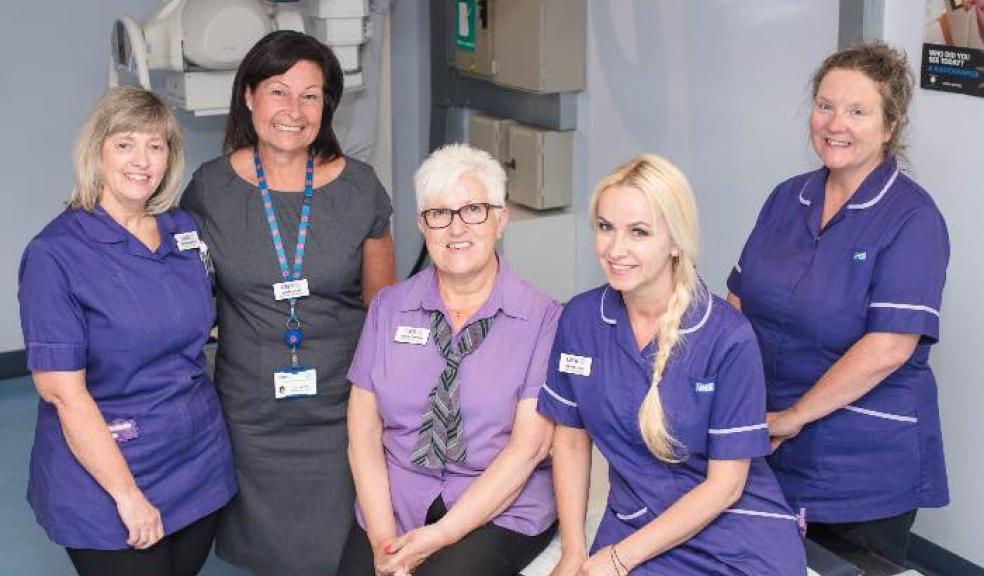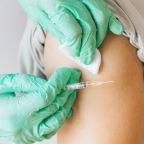
Local hospital celebrates World Radiography Day
Peninsula NHS Treatment Centre is celebrating World Radiography Day on 8th November, which marks the anniversary of the discovery of X-rays by Wilhelm Roentgen in 1895.
The hospital’s diagnostic imaging team are holding a display in the hospital’s coffee shop with biscuits, cake and a competition.
The discovery of X-rays celebrates its 124th anniversary on 8th November, and consultants and radiographers at Peninsula NHS Treatment Centre use a variety of diagnostic methods for a wide spectrum of conditions.
Diagnostic imaging is an umbrella term used to describe a range of activities including X-ray, ultrasound and magnetic resonance imaging (MRI).
MRI is a type of scan that uses magnetic fields and radio waves to diagnose conditions that affect the tissue and bone in any part of the body. The patient lies inside the scanner - a large tube - while the scan takes place.
An ultrasound scan builds up a picture of part of the inside of the body using sound waves that cannot be detected by a human ear. A small, hand-held sensor is pressed carefully against the skin surface above the area to be viewed. The ultrasound scan does not use or produce ionizing radiation. It is an easy and useful diagnostic method.
X-rays are used by medical professionals to image various parts of the human body to aid diagnosis. Diagnostic X-rays are a controlled form of radiation which are able to pass through the body recording an image on a light-sensitive detector or computer screen. A C-arm X-ray is often used in operating theatres to take X-rays during an operation.
For more information please visit www.peninsulatreatmentcentre.nhs.uk
8 reasons why you may need an MRI scan
Here are 8 reasons why you may need an MRI scan following advice and examination by a health professional:
· An injury to muscle, ligament or cartilage
· Ongoing pain or pain that has not improved with treatment
· Following the discovery of certain types of lumps
· Fluid build-up, swelling or redness of a joint
· Dislocated or locked joint
· Additional diagnostics following abnormal findings from an x-ray or CT scan
· Post-surgical follow-up
· As a part of the diagnostic investigations for digestive problems











